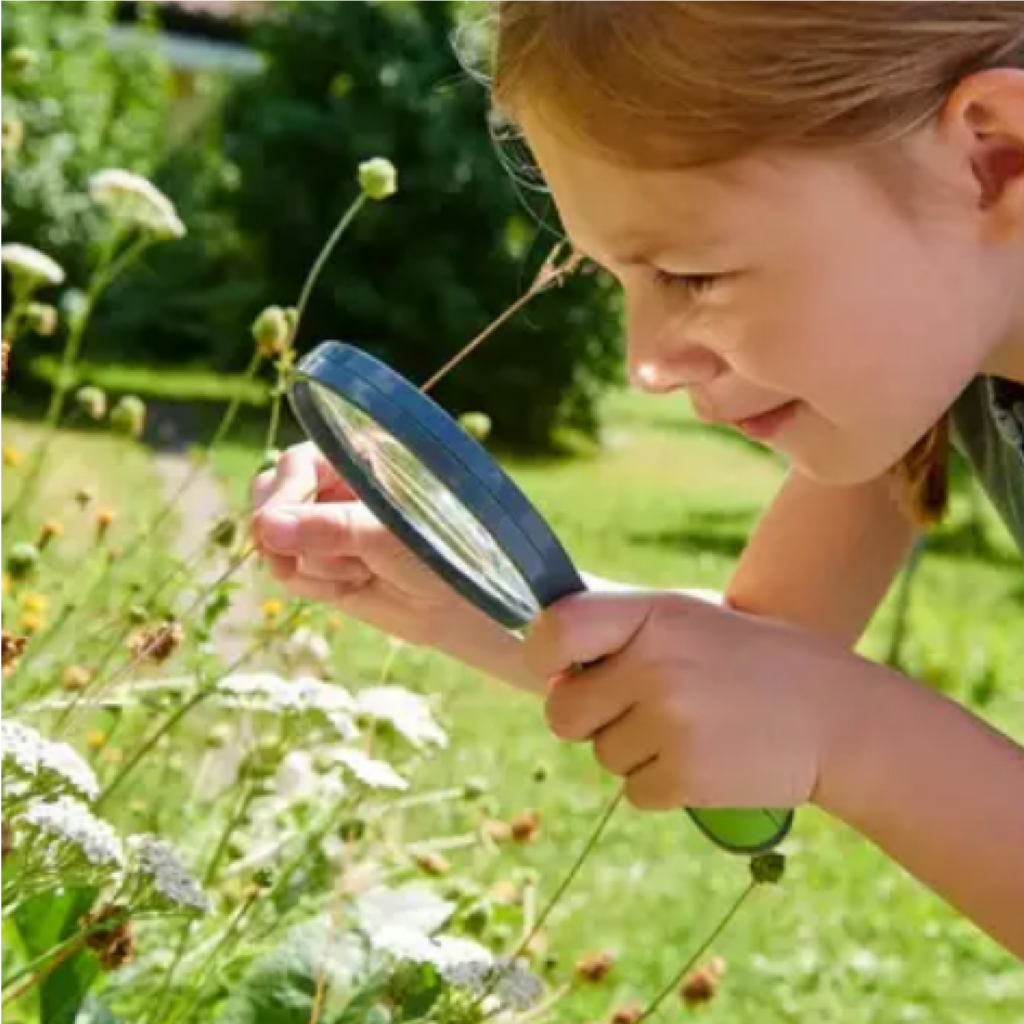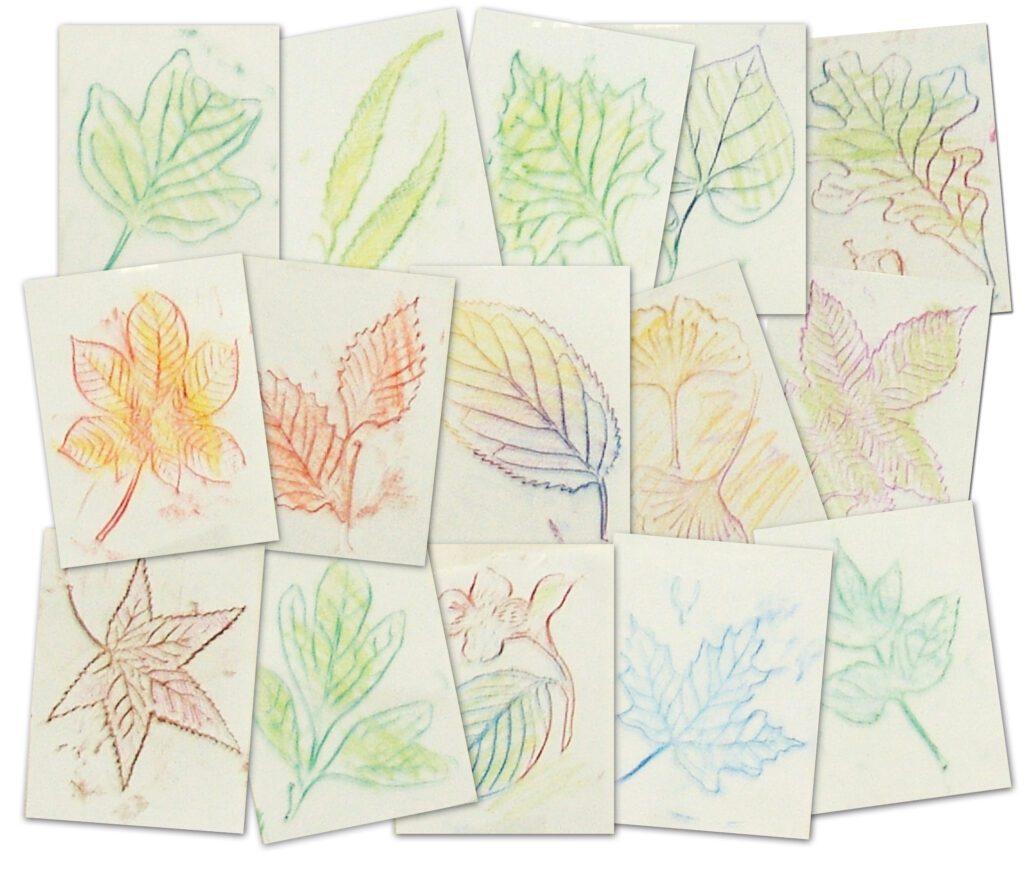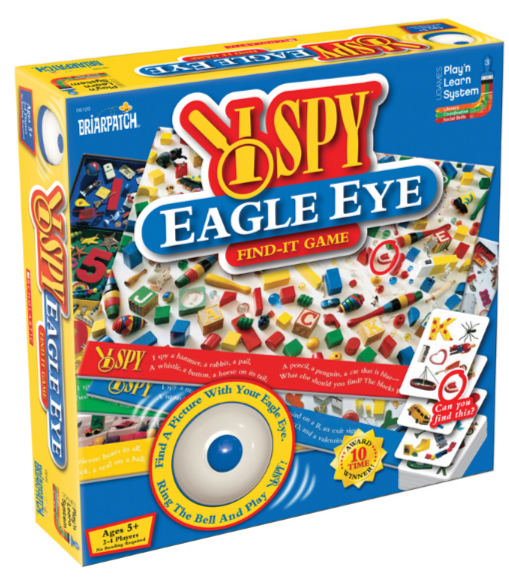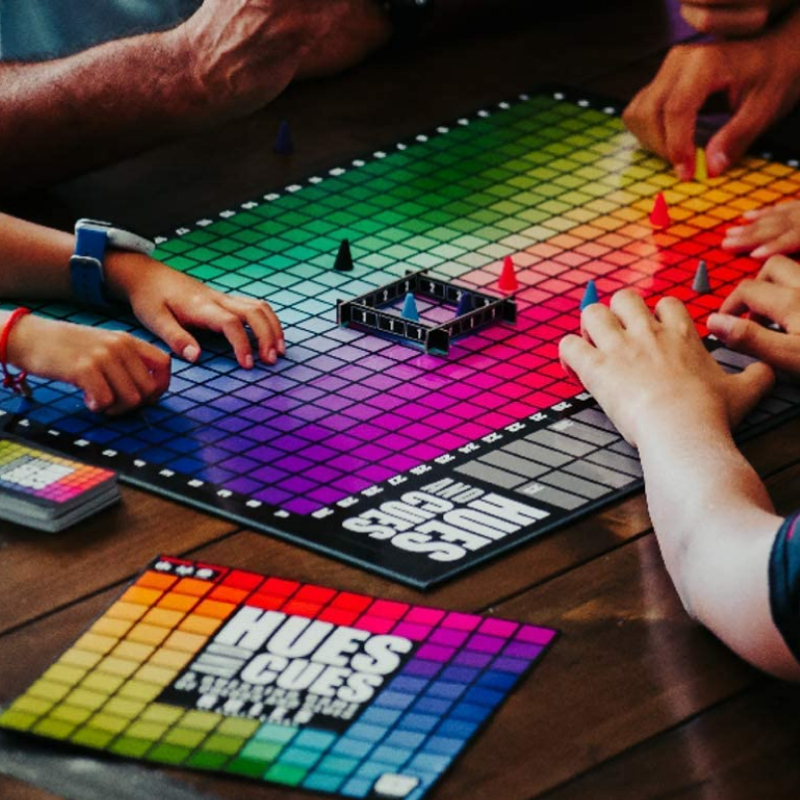Back to School Series: Toys that Inspire Scientific Skills

Get your child into a back-to-school mindset with these creative toys that inspire scientific curiosity.
After the long, free days of summer, heading back to school can feel like a drag. Moreover, many children can struggle with readjusting to the strict schedule, heightened socialization, and work demands of the school year. Parents and caregivers may wonder how to jumpstart their child’s love of learning after time away from school.
Previously this blog has shared toys that can help children practice their math skills and brush up on literacy. This week we are discussing scientific curiosity. Below are some toys and tools designed to excite children into asking questions about the world around them.

Because exact science subjects differ by grade and state standards, here we examine toys that foster the basic skills used in all sciences. These include the skills of Observation, Communication, Classification and Measurement, and Inference and Prediction. Such capabilities are foundational to the question-and-answer methods used in all areas of science.
Toys that Encourage Observation
The first skill in any science classroom is the ability to observe phenomena and notice details. Scientists use their five senses to collect data from the world around them. They then use this information to make logical connections and form hypotheses and predictions.

The toys below encourage children to pay close attention to the world around them and practice detail identification.
- Beaker Magnifier ($5.00) or Handheld Magnifier Glass ($22.00) – Help your child see things they may never have seen before. Small insects close-up or leaves with veins in them – the world is theirs to explore!
- I Spy Eagle Eye Find It Game ($22.00) – I SPY brain teasers combine beautiful photographs, familiar object collections, and rhyming riddles. Players use their eagle eyes to spot an item on their card that’s also on their game board. Teaches skills of close observation.
- Observaction Board Game ($26.00) – Looking for a game the WHOLE family can play as well as a game that your little one can play alone? This game is perfect for both! Simply spin the spinner and find the object on the game board. Use the timer for a more competitive play.
- Puzzles (price varies) – The simple low-tech activity of putting together a puzzle can help train a child’s eyes and fingers to observe small details and make connections. Plus, the soothing activity can help pass time and increase a child’s focusing capacity.
Toys that Foster Precise Communication
Collecting data isn’t useful if a scientist can’t share their findings. Though often thought of as a “soft” skill, communication is crucial in S.T.E.M fields as well. The games and toy sets below prompt children to practice precise communication.
- Pretend Play – Veterinarian Set ($15.00) – Letting children pretend to step into adult roles is a great way to help them practice vocabulary and communication skills. With the Pretend Play Veterinarian Set children can put their love of animals into practice by fixing their fuzzy friends’ woes. Parents and caretakers can help them imagine what steps a veterinarian must take to diagnose a problem by asking questions.
- Hues and Cues Game ($26.00) – This fun, colorful game of clues and guesses asks children to connect words and phrases to the colors they see every day. Additionally, they have to anticipate what colors other players will associate their clues with.
- Codenames Disney Family Edition ($27.00) – Challenge your child to articulate their thoughts while considering how others might interpret them. Two Cluemasters give one-word clues to help their teammates identify Disney characters, locations, and items from a 25 card game grid. The game includes both pictures and words. The board changes every game, offering endless variety and hours of family fun.

Toys that Help Practice Classification and Measurement
Grouping objects is another important skill in the scientific process. Spotting similarities and differences helps scientists form hypotheses and predictions. So, the ability to recognize and compare various attributes is invaluable to children as they continue in scientific subjects. Below, we list some games and activities that help train children’s minds to recognize patterns and process differences.
- Art-a-Roni – 1 lb. ($9.99) – Any collection of objects featuring assorted shapes, sizes, and colors can be a good tool for teaching children classification and measurement. This 1 pound pack of Art-a-Roni features particularly unusual shapes and colors, helping children to up their identification game as well as offering a sorting option for vision-impaired children who may rely instead on touch to identify the pieces. Give your child specific prompts to sort by. O,r challenge them to think of different ways the pieces could be classified.
- Leaf Rubbing Plates – Pack of 16 ($13.49) – Rubbing plates are more than just a fun sensory art aid. They also provide a deeper look at the details of the objects featured in their design. With these Leaf Rubbing Plates, children can explore the design of 16 different types of leaves. Challenge your child to think about the similarities and differences between them. For higher level thinking, ask why they think different leaves have such different features.
(also available as Flowers Rubbing Plates or Insects Rubbing Plates) - Imagination Poppers ($25.00) – Children have to think how shapes connect when constructing their own sensory popper from this set of Imagination Popper pieces. They can follow the set of prompt cards included in the set or make their own designs. Sets include pieces of six different colors. Two or more players can also race to complete the suggested shapes.

Toys that Teach Inference and Prediction
One of the higher level thinking skills in the scientific process is the ability to make inferences and predictions. In basic terms, inference and prediction are the ability to use previous knowledge to guess what will come next or what caused something else. Challenging children to form guesses based on observations or to string sequences of events together helps to build inference and prediction skills.
- Shashibo Shape Shifting Box ($25.00; various designs available) – What steps do I have to take to get to the next shape? That’s the challenge of the Shashibo Shape Shifting Box! This tactile-friendly puzzle challenges children to practice their visual inference skills. Each box can be folded, bent, and twisted to make 70 different unique shapes. But, the user has to think through the steps to get there. Can your child find their way to all 70 possibilities?
- A Very Busy Day – Create a Story ($14.00) – What could logically happen next in this story of your own creation? That’s the question Create A Story asks children to consider with this set of beautifully illustrated story prompt cards. Children unveil cards in random order and think about what events may lead from the starting point to the next image.
- Shashibo Battle Shape Game ($49.00) – Up the challenge of the lone Shashibo box! This Shashibo 3D puzzle board game is a challenge for both kids and adults to speedily make unique shapes. The Battle Shape Game comes with two Shashibo boxes, a deck of game cards featuring objectives, a timer and a bell.

